


City living is on the rise. But what we think of as a successful city today – a place with high density office jobs in the centre, housing on the outside, and tourist attractions, amenities, services, and public space throughout – is fast becoming a thing of the past. Those attributes are still important, but there’s something else making way for us to live more sustainably in these environments.
“Digitisation,” says Professor Greg Clark, Group Adviser, Future Cities and New Industries for HSBC, “is revolutionising the way our cities work. Firstly, digitisation is making the systems of our cities more efficient. Transport, buildings, commerce, entertainment – so much more happens in an omni-channel way using digital platforms”.


Greg says that the abundance of jobs in technology-led sectors is a development that allows city dwellers to work in ways that are connected to other parts of the planet. But digitisation is also shaping these individuals’ lives every day. “It’s giving our citizens a new set of choices about how they work, where they live, when they travel and how they consume.”
During the industrial period land use in our cities was highly separated. But one of the effects of new, clean energy and buildings is that we’re able to remix cities in ways we couldn’t 100, 200 and 300 years ago.
“We now see it’s perfectly possible,” Greg says, “for clean industries to exist side-by-side with residential areas, schools, hospitals and more.”
Creating efficiency with our land and building use means we’re able to accommodate more people in our cities without the effects of overcrowding. One way to optimise the limited space we do have is to reclaim and re-utilise brownfield locations, or urban sites that have already been developed, and to move them from single static use, to mixed use, plus flexible formats. “Agile land use,” says Greg, “is a very important new ingredient for cities.”


According to Clark, the digital city will be a place “that optimises its space, and also the time of its citizens, by making access and connectivity instant, predictable and seamless.” It will shape cities that, over time, will become cleaner, greener and more compact.
Cities are attracting more people than ever before. Today, 57% of us – a total of 4.4 billion people – live in cities. This percentage is trending upwards. By 2050, the World Bank says almost 70% of us will be city dwellers.
“The shapes and sizes of our cities have actually been changing for some time,” says Clark. “Because we can now do so many things these days online, cities have to switch focus and specialise on things that are best done face-to-face, or, face-to-place.”
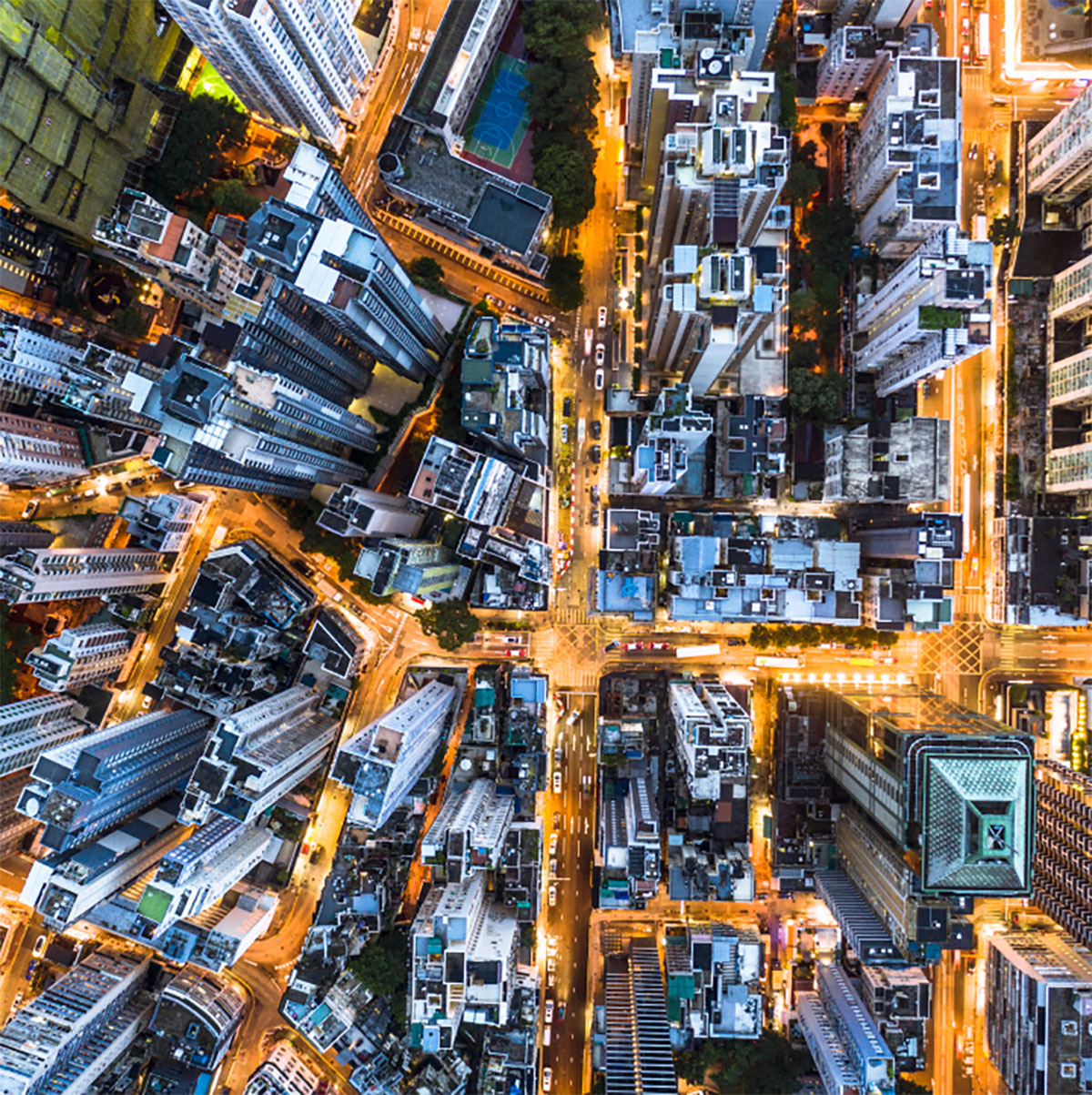



It’s true our cities are already starting to feel different. There are more delivery vans in the city during the day, buses and trains are less full than pre-pandemic but are getting fuller, and office buildings can be busy some days but not others. “Cities are in a great adjustment process,” says Clark, “trying to manage the road and the transport system to be able to accommodate the changes in patterns of travel, delivery and distribution.”
Offices too are reinventing themselves as places of creativity and connection, and employees have new expectations of what a safe, healthy and flexible working environment is.
As our cities change around us, if we want to achieve Net Zero, we need to change the behaviours of those living in them. As Clark points out, given our burgeoning urban populations, cities are an essential part of a sustainable future for all. “Without cities and the people in them, and the ability of cities to trigger behaviour changes, and spur new innovations,” Clark says, “we can’t decarbonise the planet.”


Consumers know what they want and today, they want more than ever before. As the retail industry scrambles to reconfigure its offering for the digital era, consumers are raising their expectations. One of the fastest growing expectations is that their next purchase will be a sustainable one.
“The retail sector has undergone seismic structural shifts,” says Natalie Berg, retail analyst, trend forecaster, and founder of retail consultancy, NBK Retail.
Those personal shopping devices (aka: phones) we each have in our pockets, Natalie explains, do more than allow us to be digitally connected when we walk into a physical store. They empower us to shop on our own terms.
“We’re seeing an acceleration in the demise of mediocre retail,” says Natalie. “COVID has exacerbated the many challenges the industry was facing, and retailers are finding that if they weren’t relevant before the pandemic, they’re certainly not relevant now.”


Natalie predicts that in the future, retail will consist of fewer but better-quality stores, and that investing in e-commerce and digital experiences will be crucial to meet customers wherever they are.
More than ever before, retailers will need to be agile. The path to purchase is no longer linear and there is a plethora of choice when it comes to how shoppers access retail brands. We’re experiencing a convergence of our online and offline worlds and, according to Natalie, it will soon be hard to know where one world ends and the other begins.
“When we think about the store of the future it has to be frictionless,” says Natalie.
Ironically, delivering that level of experience in a physical store in the 21st century relies heavily on technology. According to Natalie, the challenge for retailers is working out how to do it so they offer customers an experience that is seamless, integrated and holistic.
“Retailers have to give shoppers a compelling reason to ditch their screens and offer a sensory-filled, memorable experience,” she says.
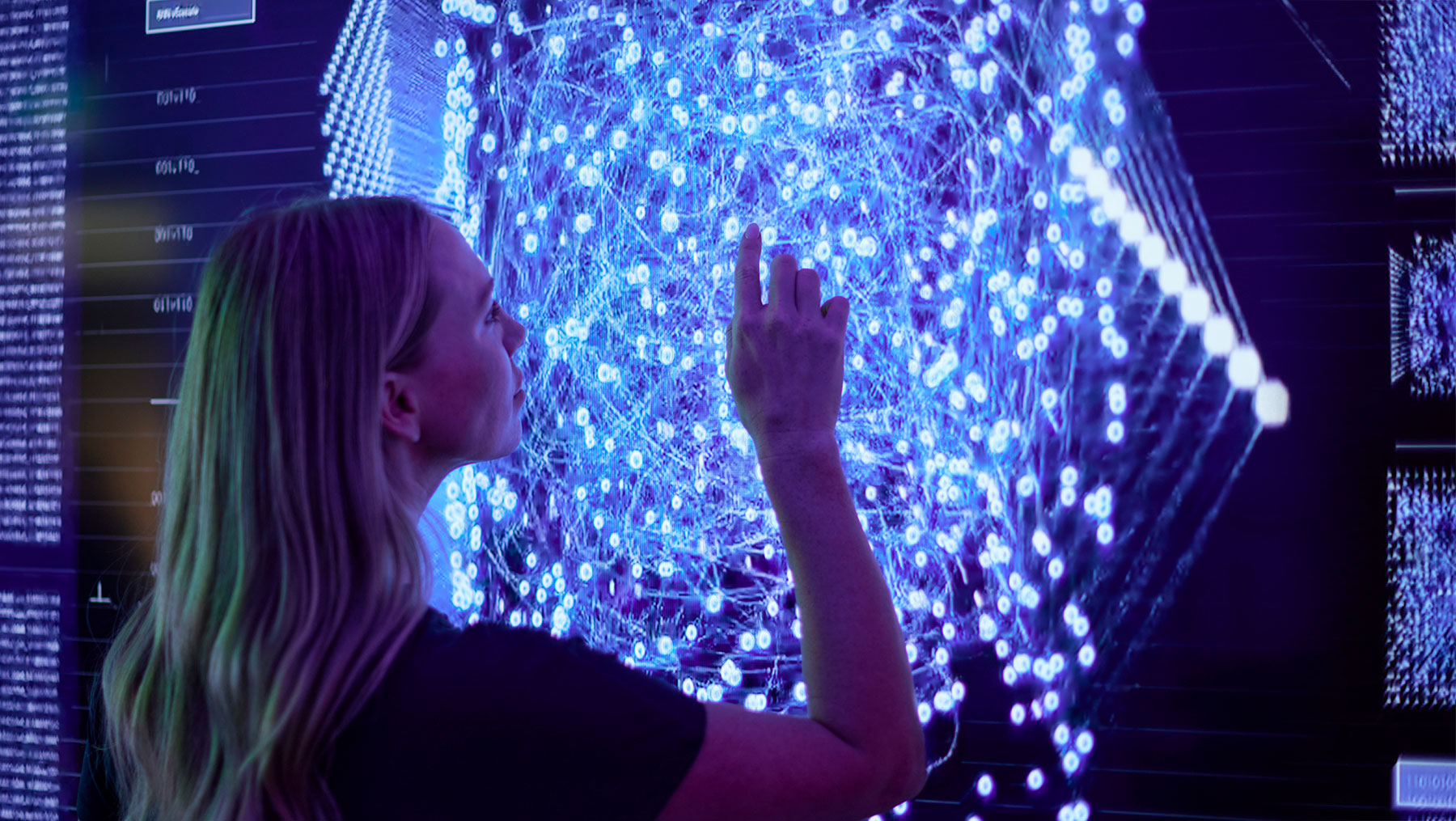

Today’s consumers want more from retailers than ever before. But environmentally speaking, they want their impact to be low. The shift to conscious consumerism becoming mainstream means retailers need to consider sustainability in every aspect of their businesses to remain competitive.
Transparency is also part of the picture. There’s significant pressure on retailers to become transparent around their sustainability initiatives. Why? Consumers want assurances that the products and services they’re buying are not damaging to people or the planet. Even one bad experience can be detrimental to a retail brand.
“We’re entering an era where our own values will trump monetary value,” says Natalie. In other words, consumers are looking for more than just a financial exchange for goods or services. Physical stores are quickly becoming representative of an experience; one of community, discovery, curation, human touch and emotional connection.
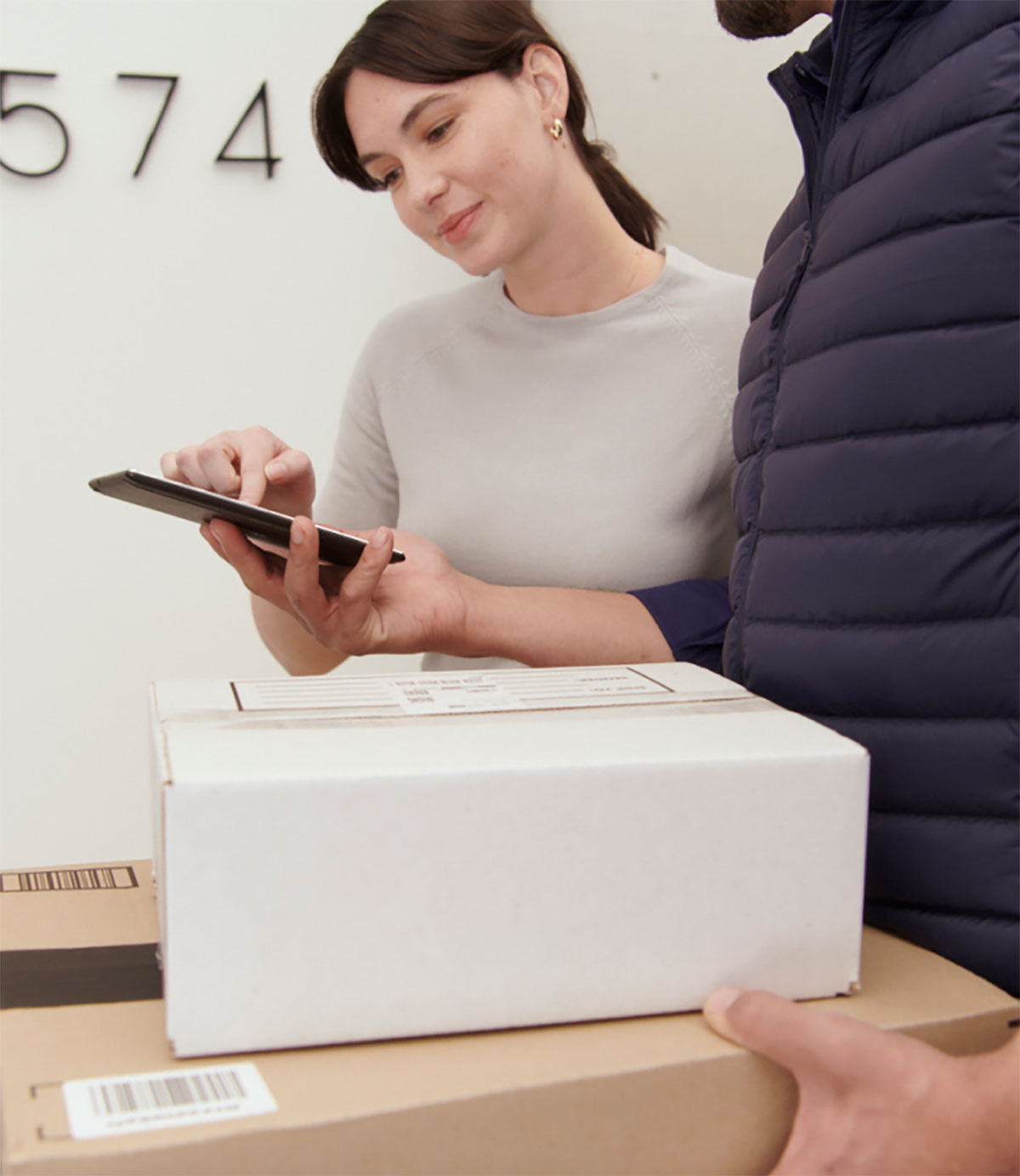



Behind the scenes, the increased focus on decarbonising distribution chains to support the boom in online purchases means price wars are being replaced by delivery wars. But with more and more delivery vans on our roads, there’s a growing need for delivery that is sustainable as well as fast and reliable.
“Big retailers are recognising that they have a duty to improve the way that they do business,” says Natalie. “And this is only going to continue with pressure coming directly from consumers.”
Overall, consumers might be calling the shots, but innovative retailers are rising to the challenge. Whatever form our future purchases take, it will certainly be a richer experience.


37% of energy-related carbon emissions come from the built environment. It’s a term that, doesn’t just refer to buildings, it’s also the infrastructure that sits around them.
Catriona Brady, Director of Strategy and Development at the World Green Building Council, says there are some estimates that the equivalent of a city the size of Paris is being built every single week. “The raw materials and the energy being used for that is absolutely monumental,” she says.
In contrast, we could have an equally significant impact – this time positive – by rethinking the global approach to building policies and procedures. Large-scale actions like this are vital, Catriona points out, as she emphasises the urgency to both sustainably retrofit existing buildings and to ensure new buildings are not locking in emissions for decades to come.


Currently the way we use our building materials is fairly linear. “We take, we make, we use, and we dispose,” says Catriona. We need to shift to a circular economy to keep value in materials for as long as possible. “Individuals want to have a long life,” she says. “We want our materials to have a long life too.”
Circularity within the built environment means creating a closed loop so that whatever we design, and build can essentially be dismantled – without being contaminated with chemicals. It’s then reused or adapted for use in the future.
There are challenges with implementing a circular economy in any industry, but the scale of our built environment creates additional complexity for the sector.
“We’re calling for new design methods, new construction practices and different materials,” says Catriona. While these added levels of complexity can bring higher upfront financial costs, the biggest challenge is probably the commitment required from stakeholders across every stage of the value chain.


A building that’s designed to be circular and then gets demolished or sent to landfill is not a circular building. “It has to be about how it’s treated throughout its whole life cycle,” says Catriona. “And that’s a real challenge because it requires engagement from every single person or stakeholder organisation that’s participating in the lifespan of the building.”
We also need to take into account the whole life carbon emissions of an asset, not just the emissions when it’s operational. “We need to change our thinking,” says Catriona. “How can we make sure that the building will have as sustainable an impact as it can on the planet, from beginning to end?”
As complex an endeavour as this might sound, there are changes we can make right now by retrofitting existing buildings. There’s a real business case to be made for creating a lean, clean and green building, and the key ingredient is people. “I think it’s important for us to frame the business case for today in the context of society as it exists right now,” says Catriona. “The business case for a sustainable building now is influenced by the fact that people want to work in a healthy space. They want to know their health is being protected, and that the building has net positive environmental benefits.”
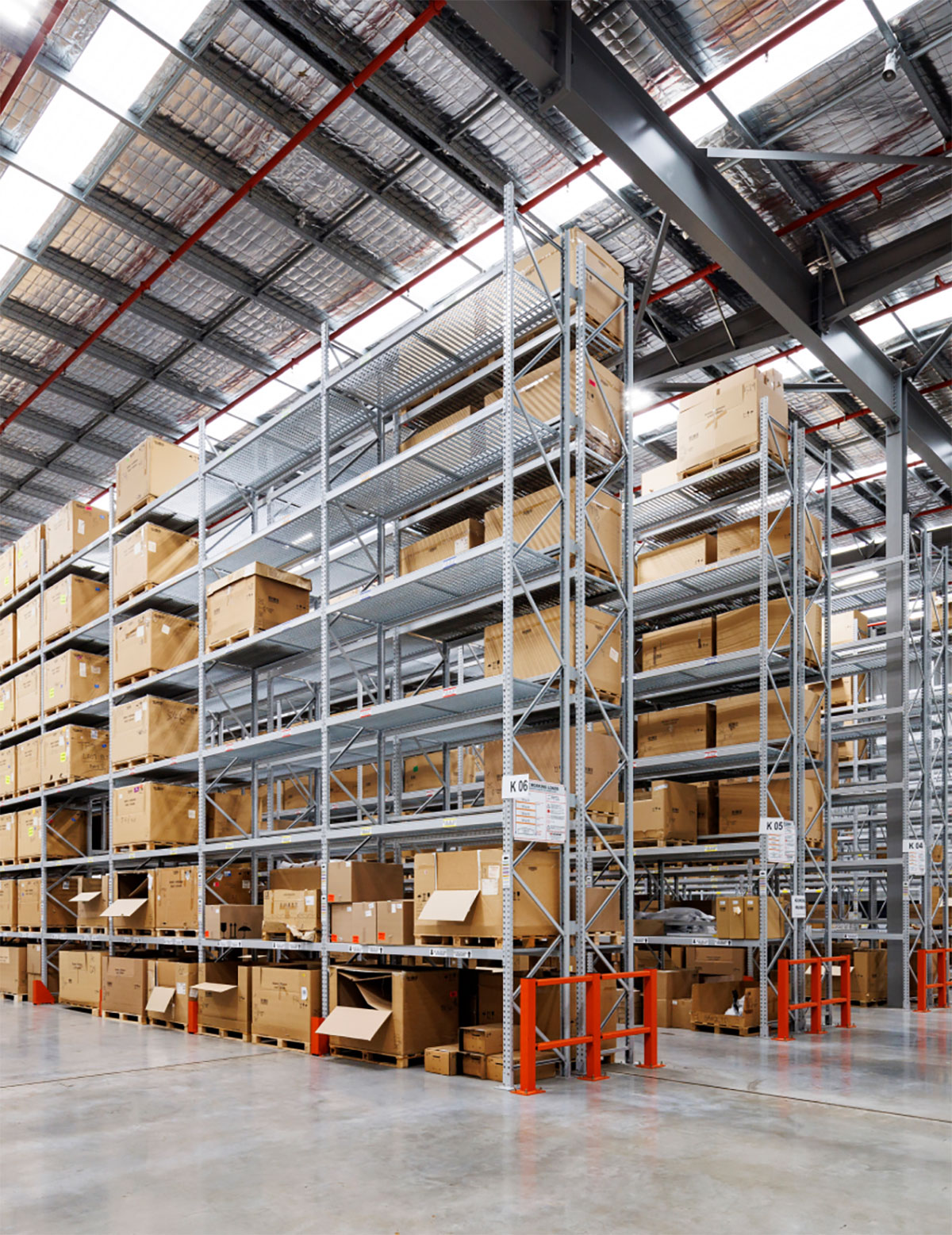



Once the case is made, the concepts of lean, clean and green can be rolled out. “Lean is all about being efficient in your energy use,” she says. “Clean is all about the systems that are being used – making sure they’re as energy efficient as possible, clean in their power requirements and use.” And lastly, “Green is all about the production and consumption of renewable energy. How can we use green technologies as far as possible? How can we innovate and use green renewable energy requirements to generate clean power onsite?”
The good news for the sector is that this type of change is not just good for the planet. Compared to the standard alternative, sustainable buildings represent a more resilient investment too.


If we’re going to meet the targets set out in the Paris Agreement, we need to rethink the way we use and decarbonise the buildings, assets and spaces we already have.
As our cities evolve, our buildings are increasingly becoming multi-purpose, performing different functions at different times of day, or different days of the week. We are also starting to see buildings service dual industries side-by-side.
Urban farming, the practise of cultivating, processing and distributing food in urban areas, is one welcome trend that’s solving multiple sustainability issues in the heart of our cities. It offers extensive partnership opportunities for the industrial property sector.
Sarah Msika, cofounder of Plantation Paris, one of Europe’s largest urban rooftop ecosystems, is passionate about bringing agriculture into the city and reducing the carbon impact of our end produce.




There are many different types of urban agriculture, but Sarah’s approach is to try and use vacant rooftop spaces.
Utilising a 7,000 sqm logistics rooftop, Plantation Paris is a greenhouse and garden project located high above the city of Paris in the 18th arrondissement. It offers a myriad of benefits, including that it creates opportunities to build large-scale farms close to the people who will consume the produce. By partnering with industrial and logistics property developers, the project provides opportunities to access sustainable heat sources. In the case of Plantation Paris, this heat comes from a data centre located directly beneath its greenhouse.
“It’s very important to have the lowest carbon footprint on all the aspects of what we are doing,” says Sarah. “For example, if we want to grow tropical varieties, we need to do it with a secured sustainable source of heat, like our project does with a data centre.”
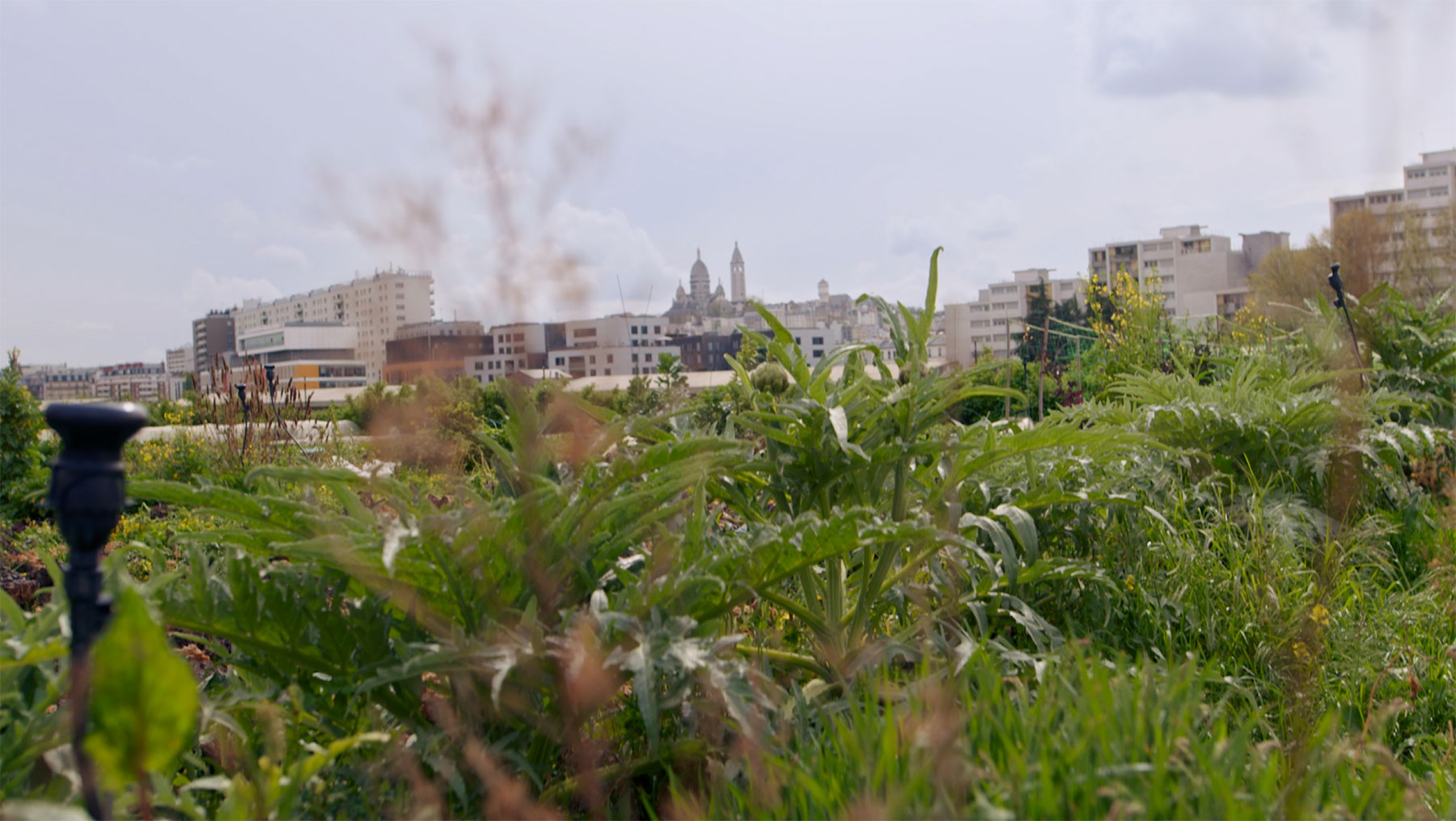

Plantation Paris produces microgreens and herbs in its greenhouse and 70 different varieties of vegetables and herbs in its permaculture garden. There are also edible flowers, which otherwise travel from the Netherlands. In a few short years the site has been completely transformed. “Urban farming has a very big role to play in biodiversity,” says Msika, who reports seeing many kinds of bees, birds and wildlife in the area. “Which is huge,” she says. “There was no wildlife when we arrived and now, we have a whole wildlife ecosystem, including falcons.”
Today, Plantation Paris supplies tonnes of fresh food all over the city but for Sarah the social impact is more important than the volumes produced. People want to know where their food is coming from and being so close to the city means it can be delivered environmentally. “We won’t be able to sustain the whole city,” says Sarah. “But people can see it’s possible to buy their produce the same day it was harvested.”
A number of Michelin hatted restaurants regularly collaborate with Sarah’s team. They discuss growing options and menu ideas. Some even harvest ingredients themselves on a weekly basis. “Urban agriculture,” says Sarah, “is giving chefs the chance to work directly with farmers, and for the farmers to see the produce grown a few Metro stations away from their kitchens.”


As well as the greenhouse and garden, Plantation Paris has a communal event space with a full view of the sky, an unusual feature for Paris. “It’s important to have a place where you can just go and feel well and our garden is a good place for that,” says Sarah.” This space is where yoga courses, meditation sessions, plant-based cuisine workshops and private events are held: a place where the urban farm becomes a place for daily inspiration.
Urban agriculture is a positive example of the community-led greening of the built environment Catriona say our cities desperately need. “We need whole communities to be green,” she says. “We want them to be physically green, we want to see nature, we want to be able to encourage rewilding the return of biodiversity and ecosystem services.”
Watch the Goodman Thought starters series